“Painting is washed up. Who will ever do anything better than that propeller? Tell me, can you do that?”. Marcel Duchamp 1912
It started with Duchamp’s signature on a urinal. Making a point? Or just a comment on the art around him? Was it really saying this is great art? It was a gesture that opened a door for others to go through. Some contemporaries of his also teased the visual world with strange juxtapositions, as in Rene Magritte’s masterpieces. All questioned the existing cultural norms.
Recently I read a review of a new TV series called ‘Civilisations’, a reprise of Kenneth Clarks major ‘Civilisation’ series from my younger years. The ‘Times’ critic said the difference between Clarks patrician view of cultural history and the latest programmes was that Clark had a set of standards, made judgements on what was good, whereas the new one doesn’t make judgements at all, maybe is afraid to set standards because this would not be ‘inclusive’.
As a regular visitor to galleries and an active artist my own view aligns with that of the critic. Much of what I see seems to me to have been made without any sense of aesthetic quality standards. I used to try to educate students that doodles were mindless meanderings and that art needed the engagement of the intellect, yet now I see doodles formalised and presented as if they were meaningful artworks when they are simple the unconscious meandering of a self-indulgent mind and hand, raised up by a market place.
As a student I was shown how the greats of civilisation constructed imagery to create a dynamic on the canvas. Underlying geometry in the artwork pulled the eye of the observer into the image, created a dynamic movement that captured and retained the mind within the picture plane. Much of what I see these days is not just lacking this but is also (worse) derivative in its nature or just plain casually sloppy.
Why does this matter? I spent years teaching people how to see, trying to educate their eyes and brain. Now we seem to pander to the production of art that has no depth, that seeks merely instant gratification or feeds on temporary political outrage rather than looking for eternal values. The problem with this is that it leads to the impoverishment of our lives generally, not just in the gallery. Without an educated eye, litter goes unseen, unnoticed. Without an educated eye we accept an ugly built environment. Without an educated eye beauty can be lost. Without an educated eye rules are made that combat creativity
I have used my art and my camera to try to promote a vision of beauty. I try to find beauty in the world around me. Was Duchamp’s urinal taking the piss from the art of his day? It is significant that Duchamp supposedly gave up making art and devoted his life to chess instead – was he despairing of what was presented in his day as great art? Strange coming so soon after the socialist views of the likes of William Morris, and the urge to have nothing in your home that does not fit aesthetically or functionally.

I try to find the beauty in the landscape. There is also great art to be found amongst the gallery dross. I use what I have learned, from Clark’s ‘Civilisation’ and Gregory’s seminal work published as ‘Eye and Brain’, from tutors, fellow artists and visual experience, to find great art not just in galleries and museums, but also in the world around me. Lately this has been restricted to my local parts of Sussex, but I am fortunate that this is a particularly beautiful part of the world. Yet within it one doesn’t need the macro when the micro can provide artworks of beauty, some of which I revisit again and again to witness changes dues to weather, time, or tide.
This ever-changing gallery of art is under threat from our lack of appreciation that allows us to cover it with our detritus, some of which in turn can become beautiful, but which threatens to overwhelm our world. In the cities this may not be as noticeable as they are themselves a constructed environment, a product, and life within them is insulated from nature, but a growing number of us are fighting the tide of crap that is engulfing our land and seascapes.
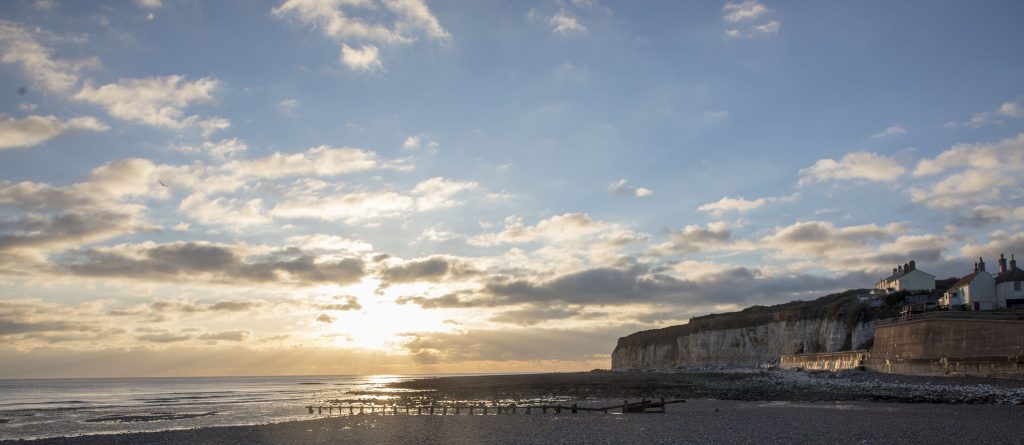
The beauty above rides on a sea full of plastic and a shoreline littered with cans, bottles, wrappers and other detritus.
The biggest weapon in this fight is the visual education of our populations, to set visual standards for them which in turn generate demands for our manmade world to be a world of beauty, a world which also respects the beauty of the natural world. A world which produces a culture in which art speaks to the eternal, not the market.
You can follow me on Twitter
See my work in the Gallery. All images are my copyright, and can be purchased on request

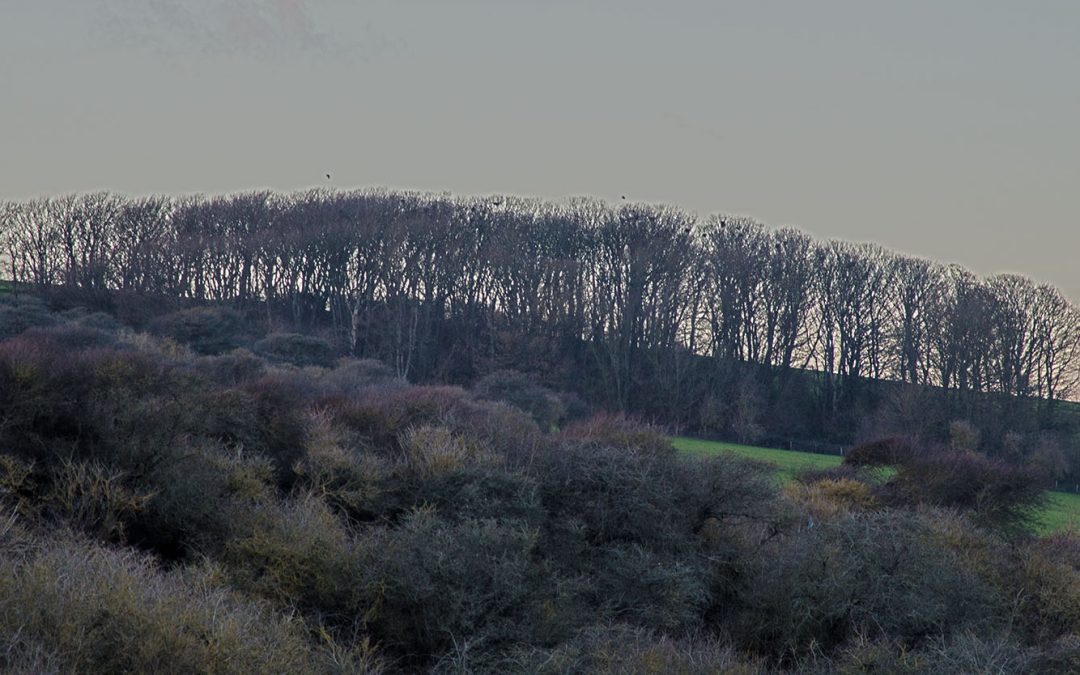
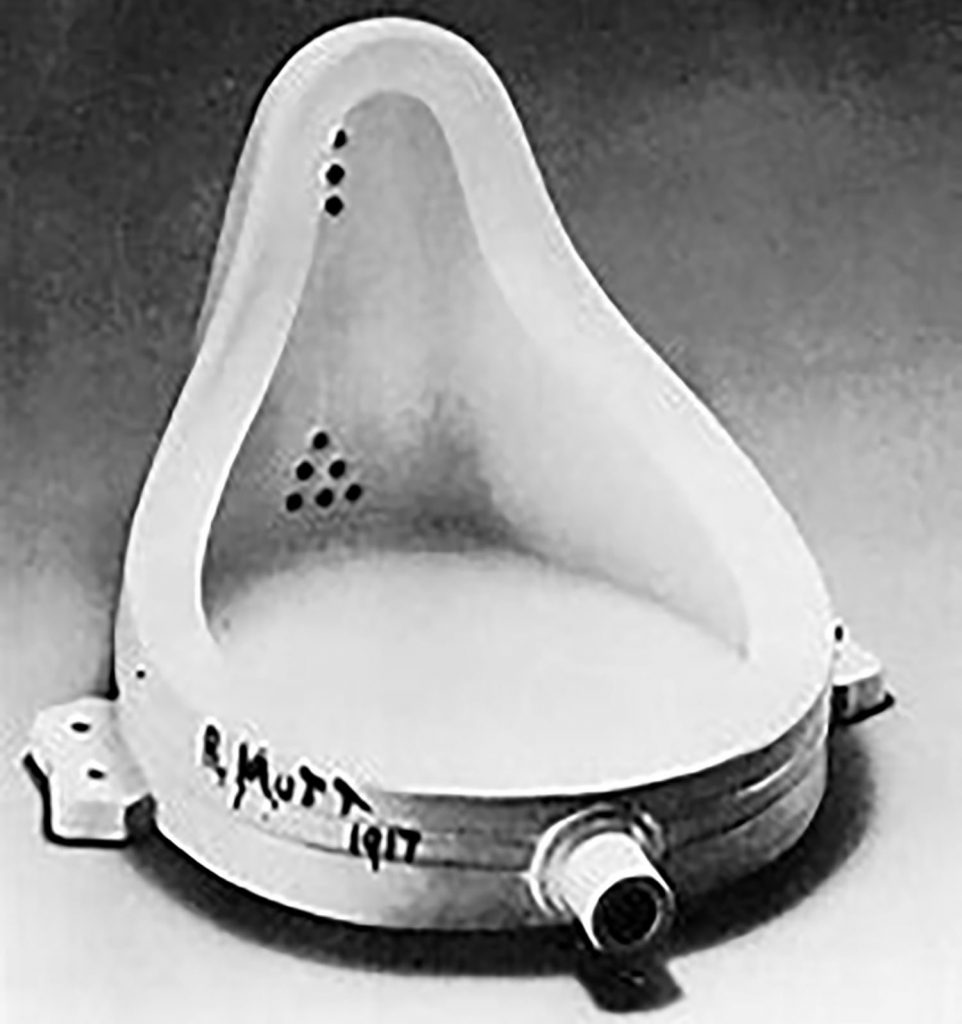
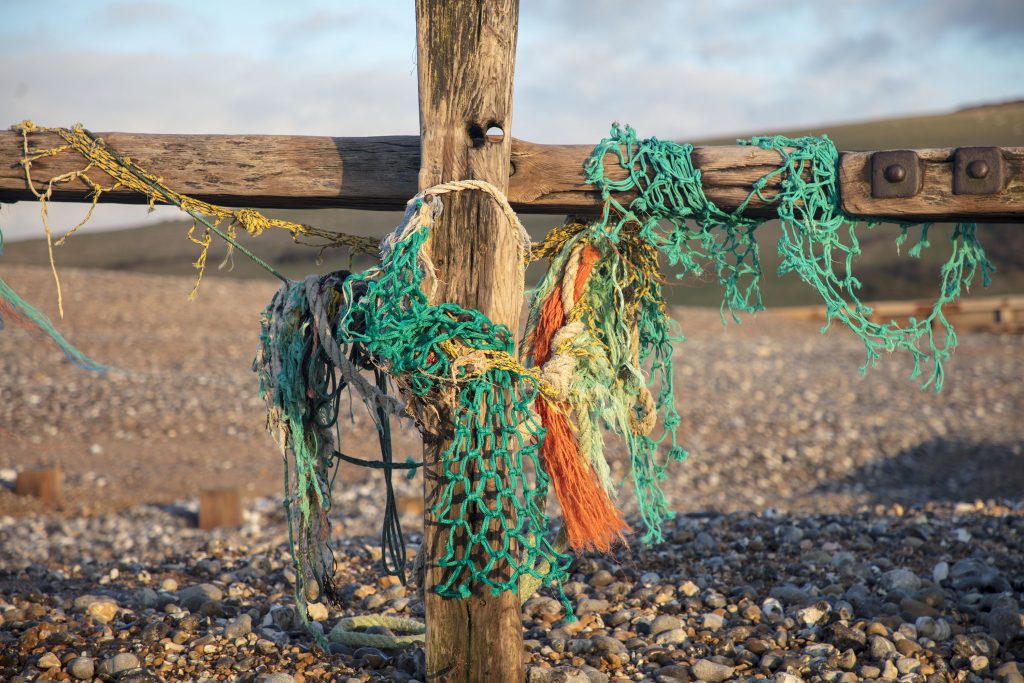
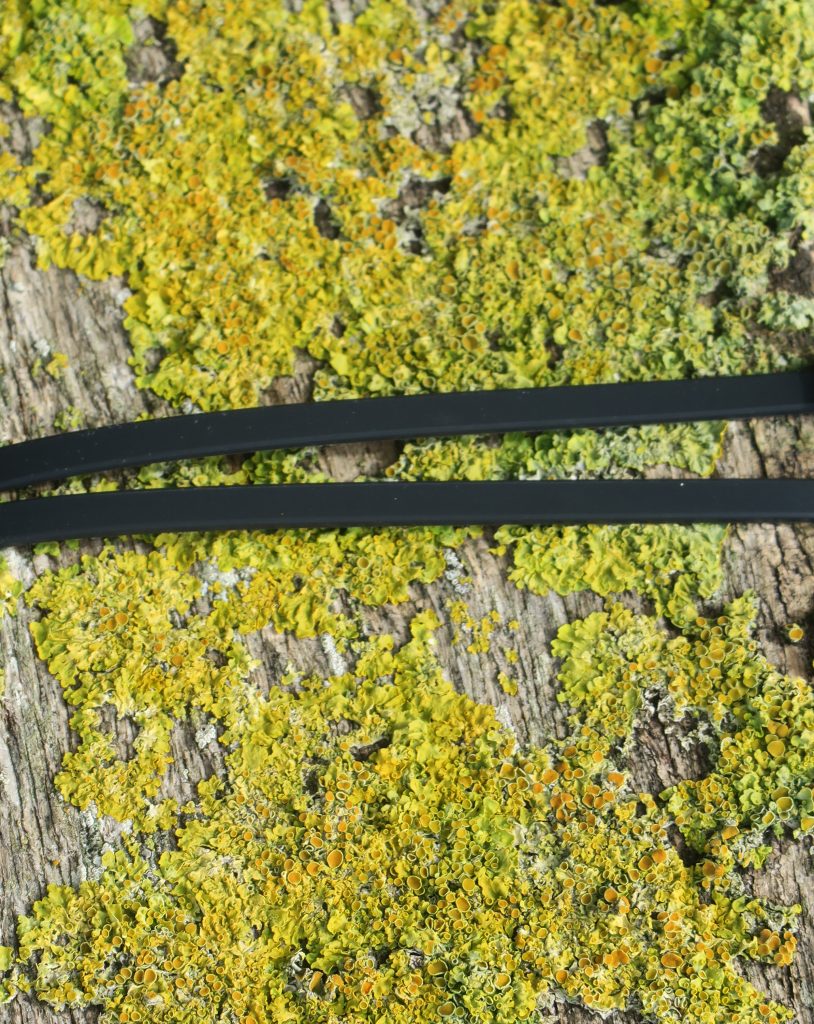
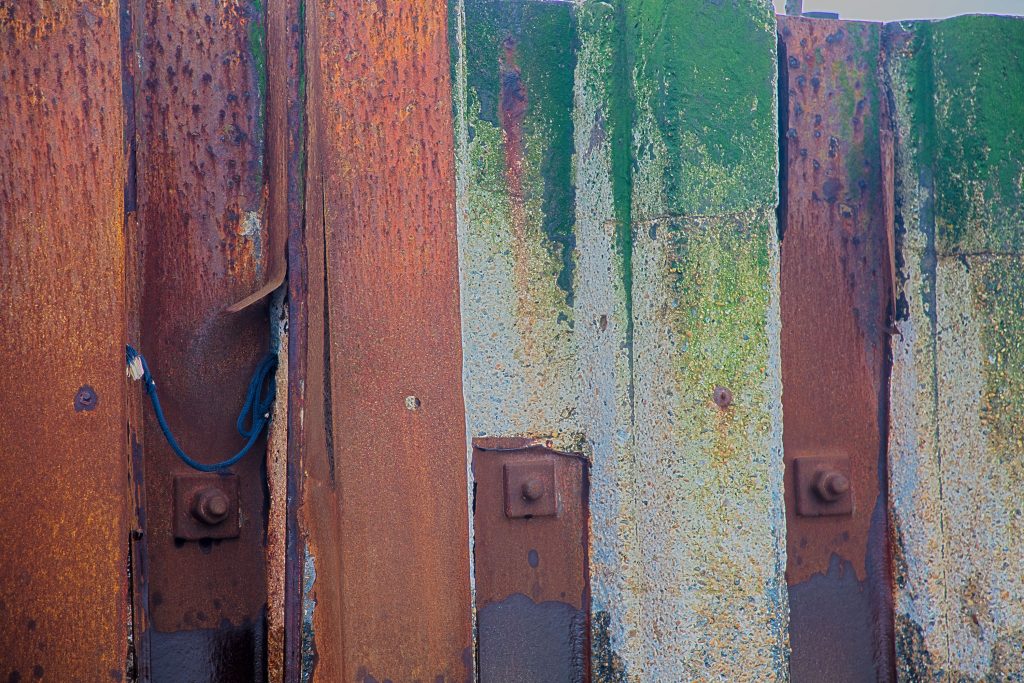
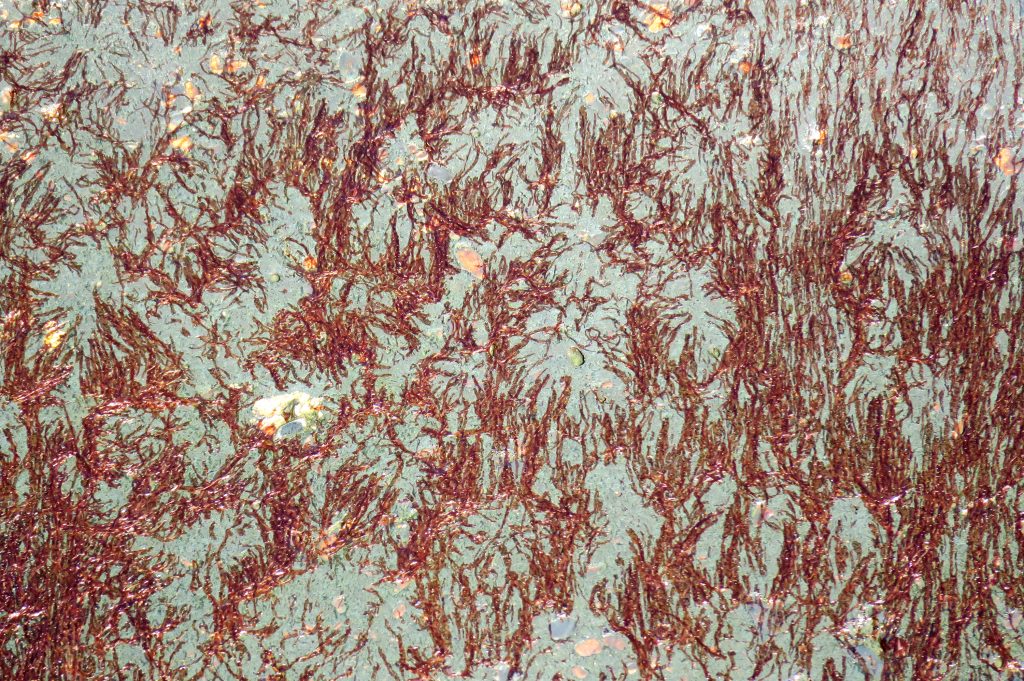
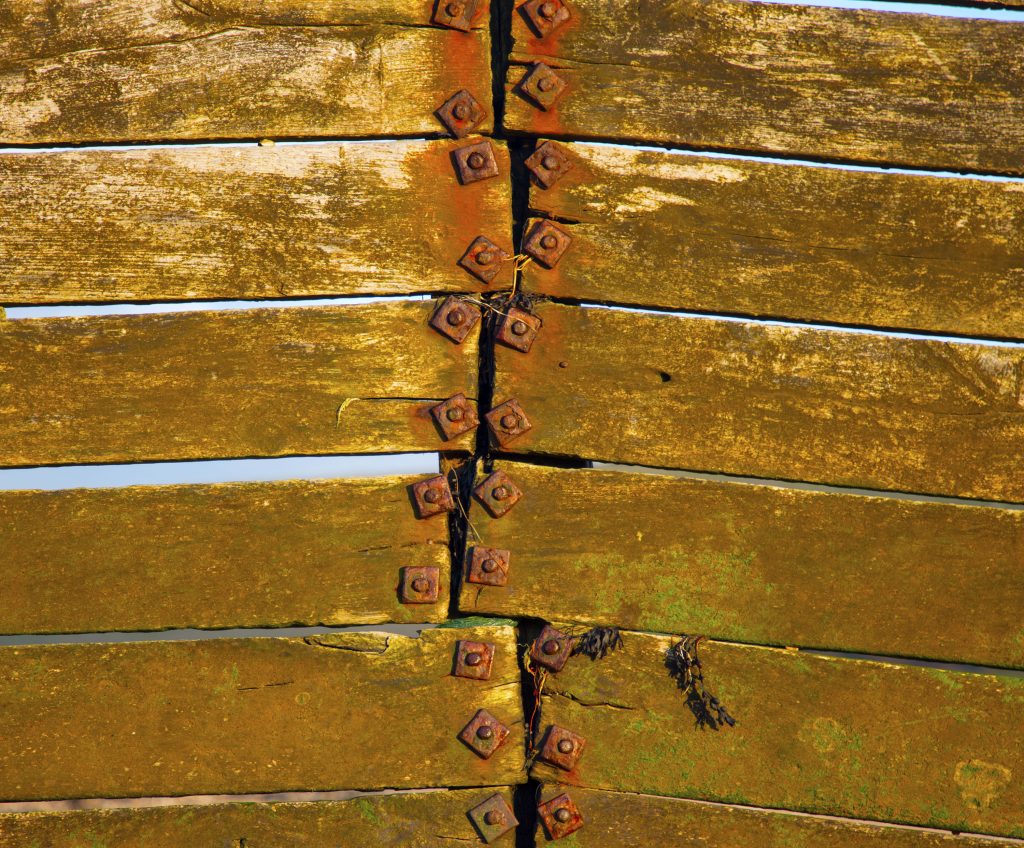
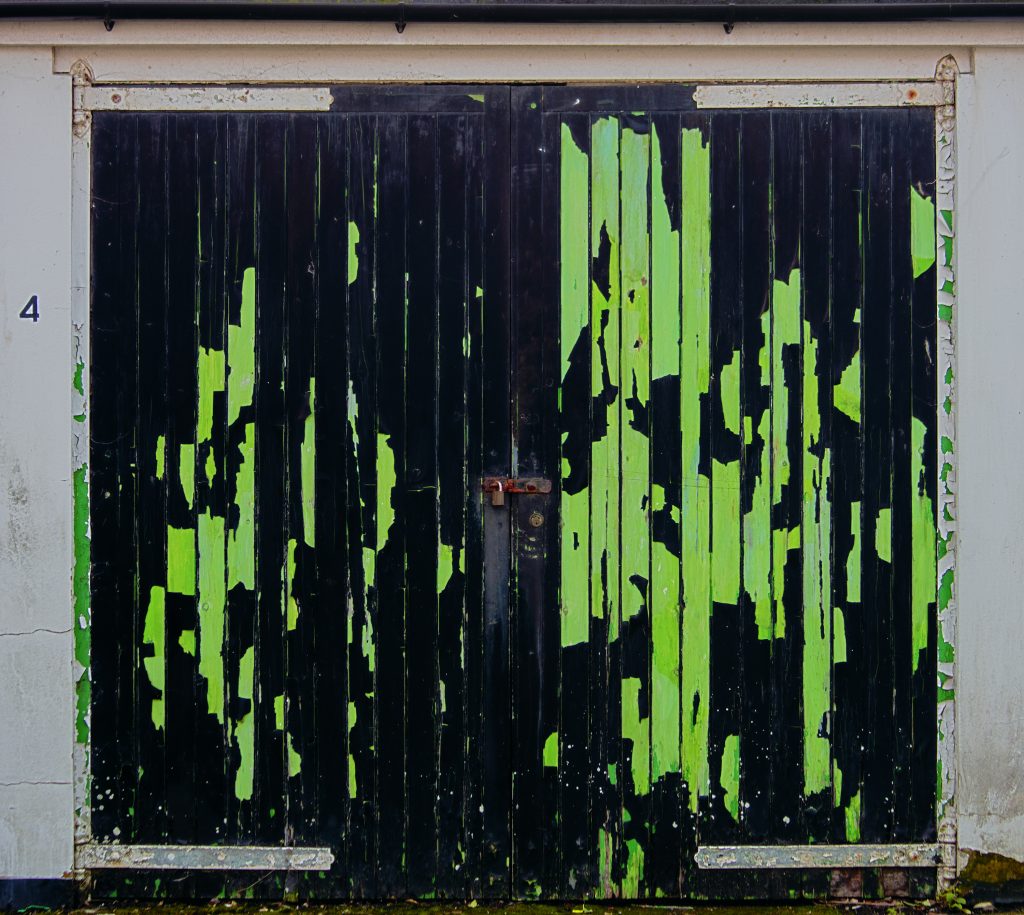
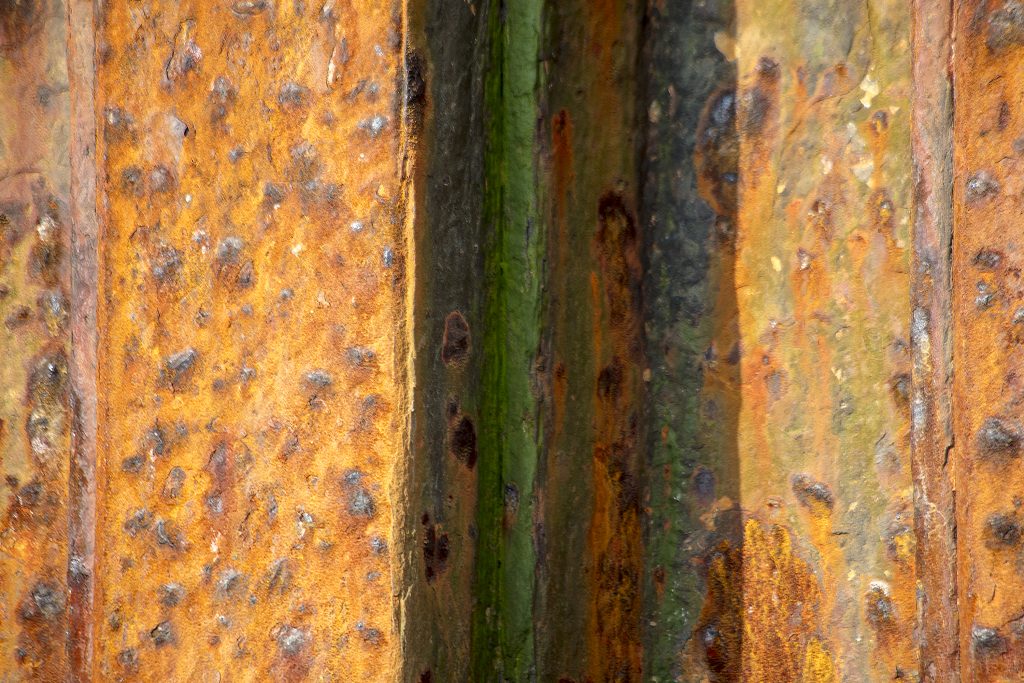
Recent Comments